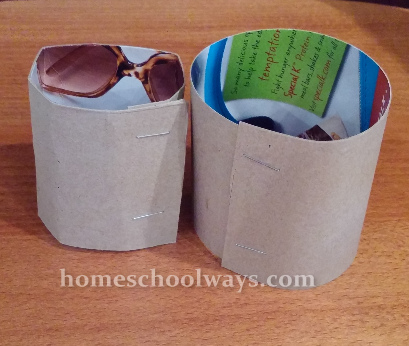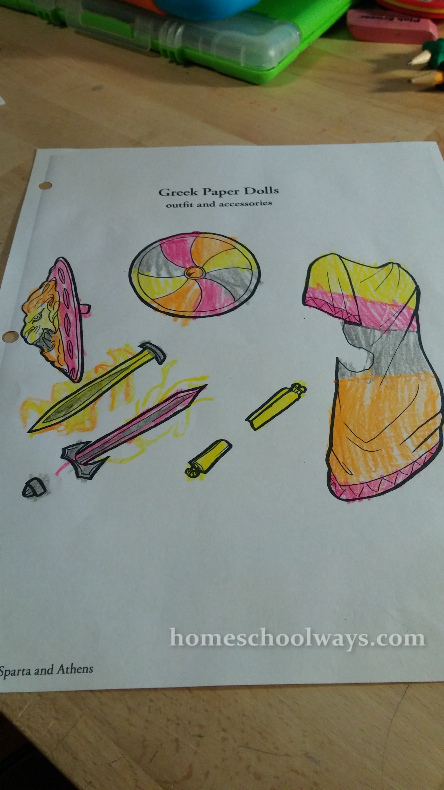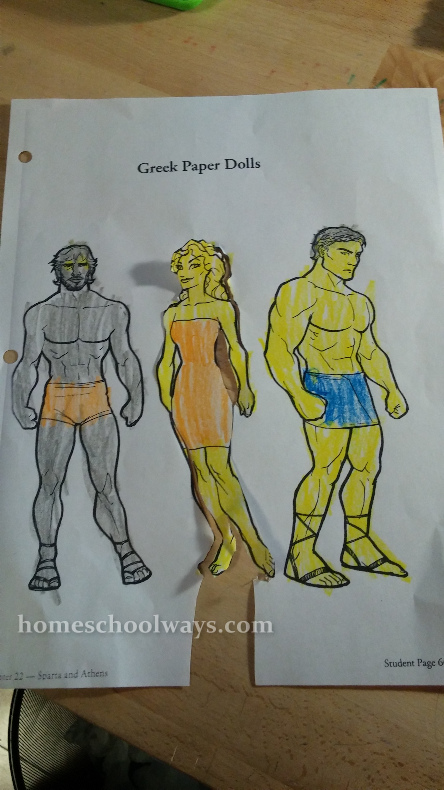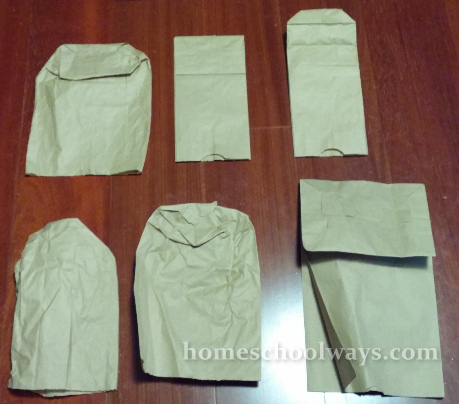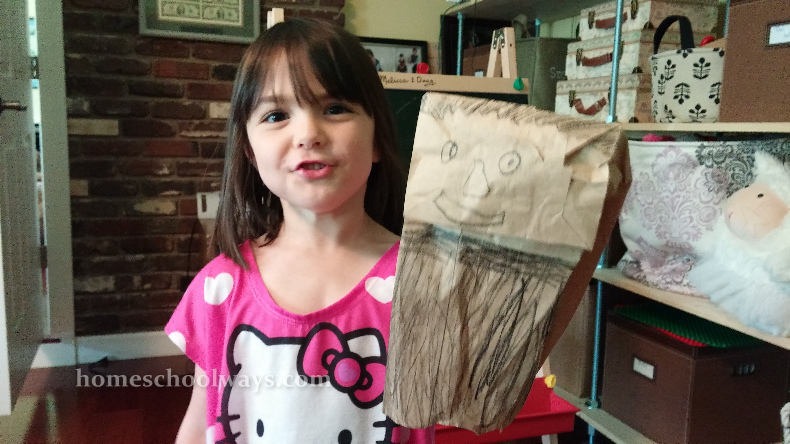Our history curriculum stretches my mind in terms of what I feel comfortable sharing with my children at their young ages. Susan Wise Bauer makes it a point in the Introduction to her Story of the World Volume 1, to warn parents about the inevitable violence of the ancient world. I think the world we are living in is very violent, too. I don’t want to recount the ways Christians become martyrs in 2015 or the way women and children are victimized in our so-called “civilized age.”

How many of the titles Bauer suggests for additional literature or history reading do I read to my children? Some. Many. Not all. We have reached the point where violence shows up as a fact of history and I have a hard time with it. My son is in the first grade and he could probably handle it better than my daughter, who is five, and still very much a young child. To protect their innocence, I have delayed some of the stories for later. They can always read these in the next history cycle, about three years from now.
Having grown up in a country where the government censored mass media and print media, I have a strange relationship with censorship. I don’t like it because it reminds me of Communism, but I understand it plays a role up to a point in certain situations, e.g. a small child and tough, adult subjects.
I will give you another example. The Betty Lukens Through the Bible in Felts curriculum seemed like the perfect little Bible curriculum for small children. Felts provided the tactile and visual stimulation needed by children ages 1-6. We used it for our Bible and devotional times this year. Then, we got into the stories about David. You know, the shepherd boy who grew up. The shepherd boy who became a man of war. And he killed. And he killed. And he killed. Yes, David won many battles for the Lord.
My son, age six at the time, looked at me with these sad and tired little eyes and said, “If I hear of another person dying in this Bible story, I don’t want us to read any more stories from this book.” So why would Betty Lukens put in all these violent stories in a felt set for small children? Why didn’t I think it through, after one, two, three or more stories involving death and killing? Why didn’t it dawn on me that I should just skip a few stories and move on to happier places in the Bible curriculum?
That’s my blind spot. I want to follow curriculum page by page and finish it and know that it is “done.” I am learning. My children are teaching me every day. So take heart, you are not the only one who is not a perfect home educator.

